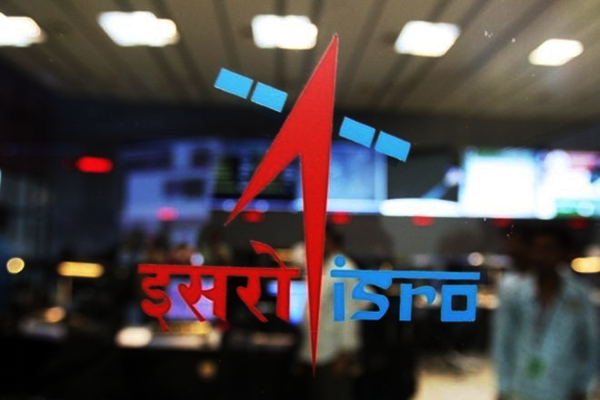Bengaluru: As part of New Delhi’s space diplomacy, the Indian Space Research Organisation (Isro) is preparing to launch a nano satellite built by engineers from the neighbouring country with the help of Indian scientists in the second PSLV mission that’s in the pipeline.
As reported by TOI earlier, Isro has in its pipeline three Earth Observations Satellites (EOSs): Two of them — EOS-4 (Risat-1A) and EOS-6 (Oceansat-3) — will be launched using Isro’s workhorse PSLV and the third one, EOS-2 (Microsat), will be launched in the first developmental flight of the Small Satellite Launch Vehicle (SSLV).
Confirmations are now available that the space agency is preparing to launch the satellite for Bhutan — BhutanSat — in the second PSLV mission that will have Oceansat-3 as the main payload. Other than these two satellites, the mission will also put into orbit India’s first private Earth Imaging satellite developed by Bengaluru-based Pixxel.
Isro chairman K Sivan said: “This is India’s gift to Bhutan as part of the space diplomacy initiatives put in place by Prime Minister Narendra Modi. We’re helping their personnel to build the nano satellite which will be used for imaging purposes. It will be launched on the PSLV carrying EOS-6. The mission will also launch the Pixxel satellite.”
Launch progress
While Isro hopes to achieve the launch of all three EOS missions in the last quarter of 2021, multiple issues, including disruptions caused by weather, may impact the internal deadlines set by the agency. “The integration of the PSLV had begun at the Satish Dhawan Space Centre (SDSC-SHAR) in Sriharikota but had to be suspended as some glitches were found with the satellite (Risat-1A). It will resume soon as the problem with the satellite will be resolved,” a senior scientist from Isro headquarters told TOI.
Therefore, another scientist said, the launch of BhutanSat may stretch to early next year. However, as per internal deadlines, Isro is looking to launch it by December. Further, the launch of Risat-1A would also mark the beginning of a new model for Isro as intended by the space reforms initiated by the Centre.
Earlier, Isro had a supply-driven model. That is, after Isro made a satellite, it offered it to ministries and government agencies. The three satellites that the space agency is planning to launch are meant for ministries like agriculture, home affairs, earth sciences and environment and forests. Unlike communication satellites where the entire capacity could be demanded by one customer, a single Earth observation satellite can simultaneously cater to multiple customers as the data generated by these satellites can be analysed for different uses.
Source: ToI
You may also like
-
IAF Aircraft Set Course For Exercise Eastern Bridge VII At Oman
-
India-us Working Together In Areas Like Critical Minerals, Supply Chains And Advanced Technologies: Shri Piyush Goyal
-
Defence Secretary to co-chair 5th India-Philippines Joint Defence Cooperation Committee meeting in Manila
-
2nd India-Japan Finance Dialogue held in Tokyo on 6th September, 2024
-
Prime Minister, Shri Narendra Modi welcomes Crown Prince of Abu Dhabi
